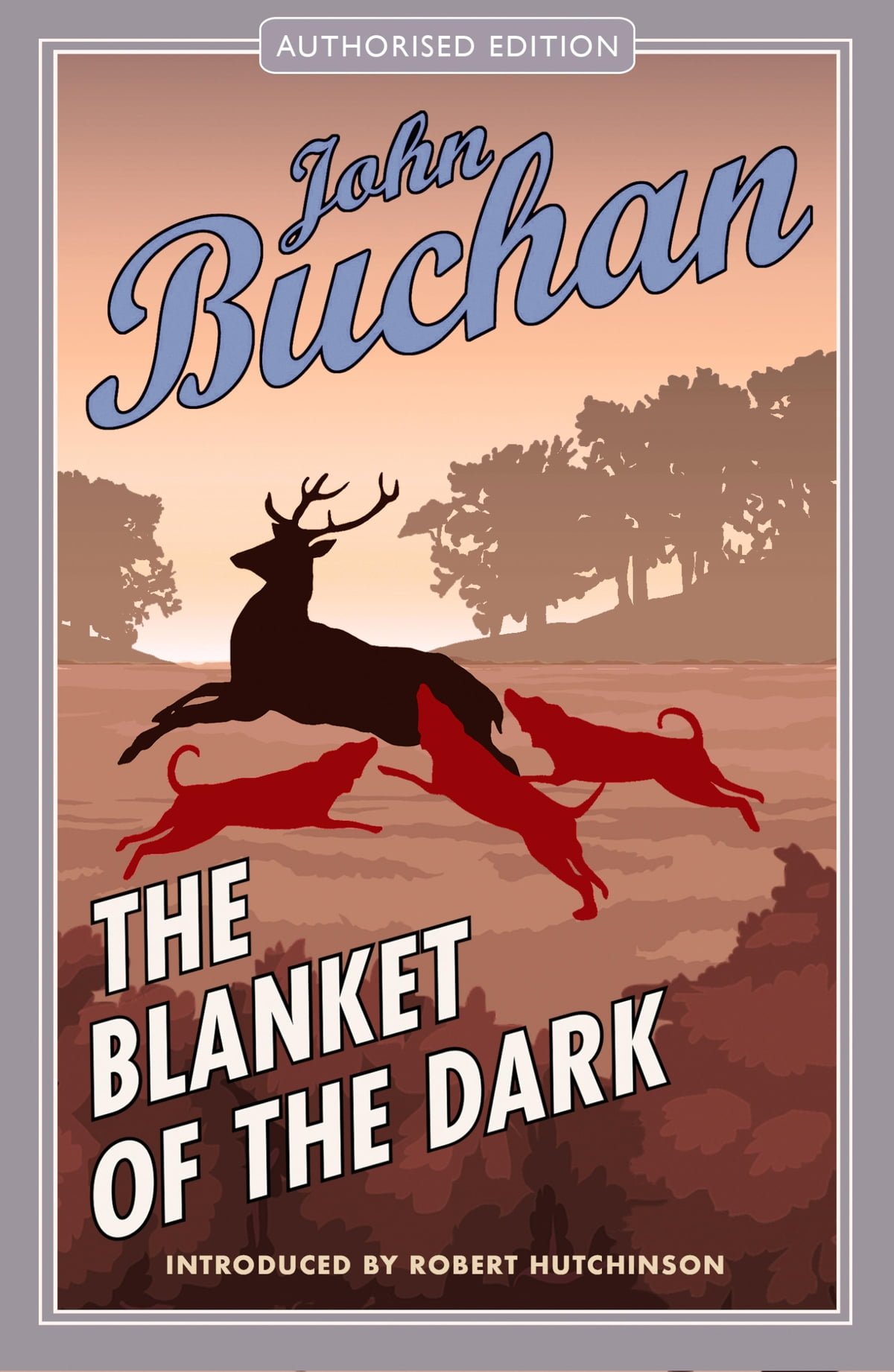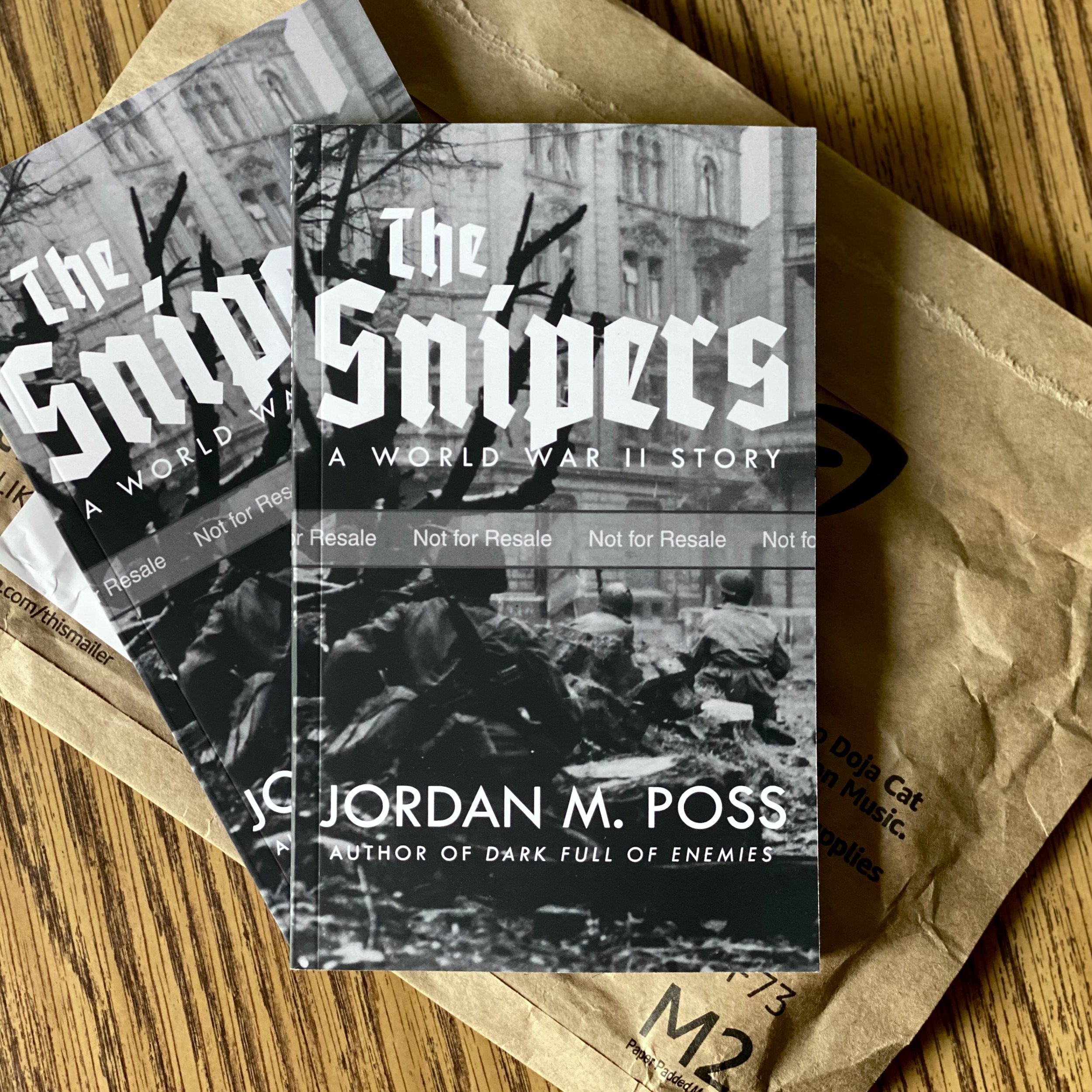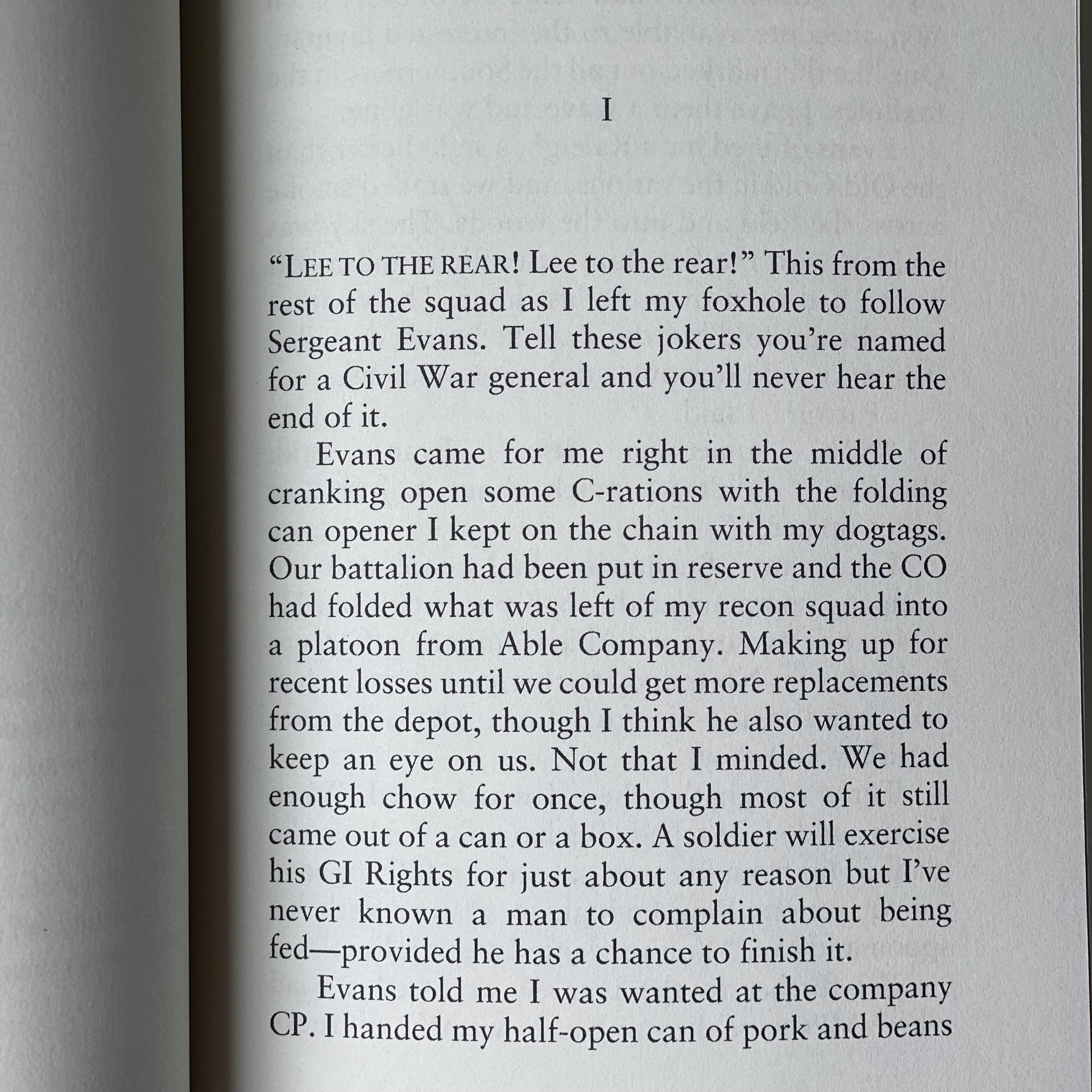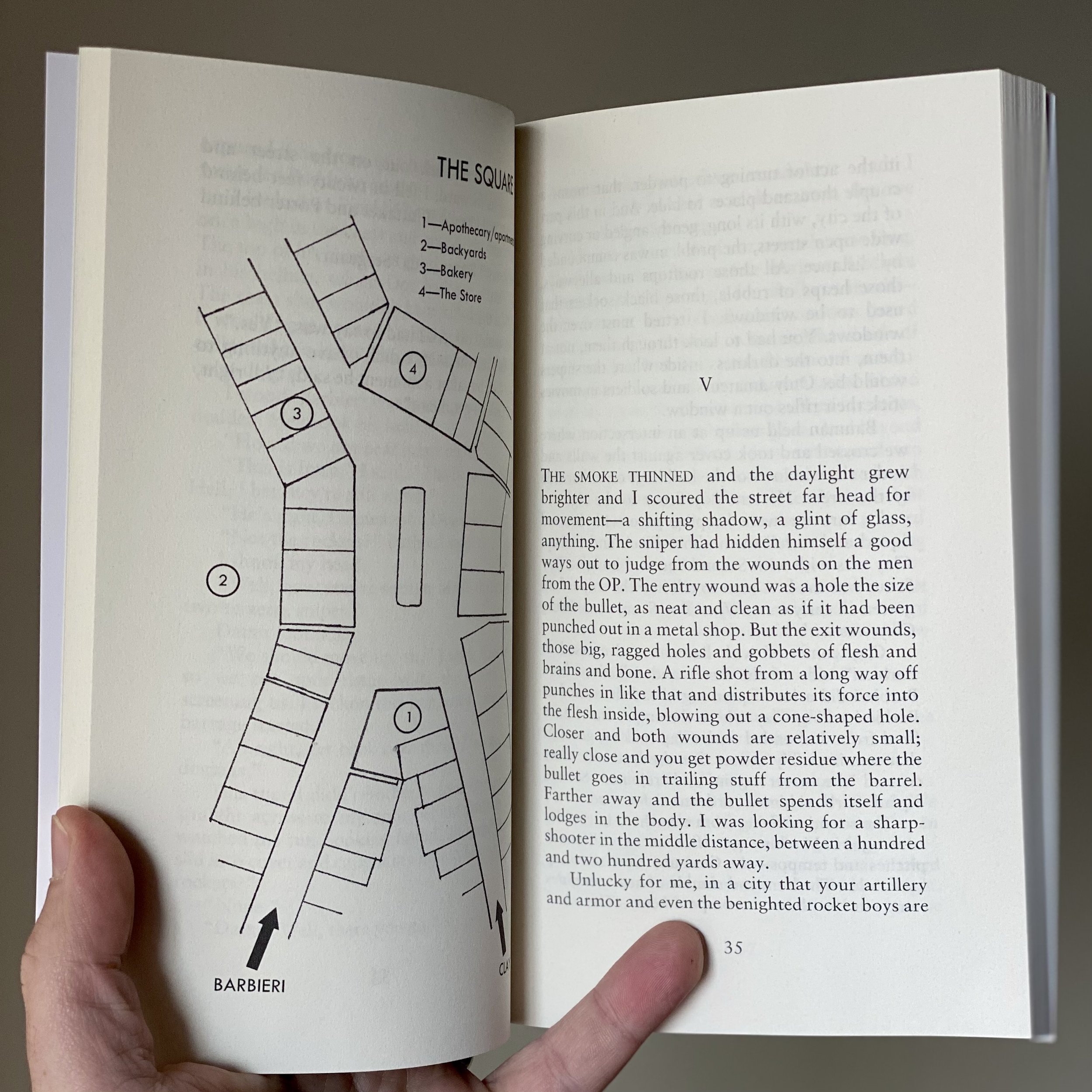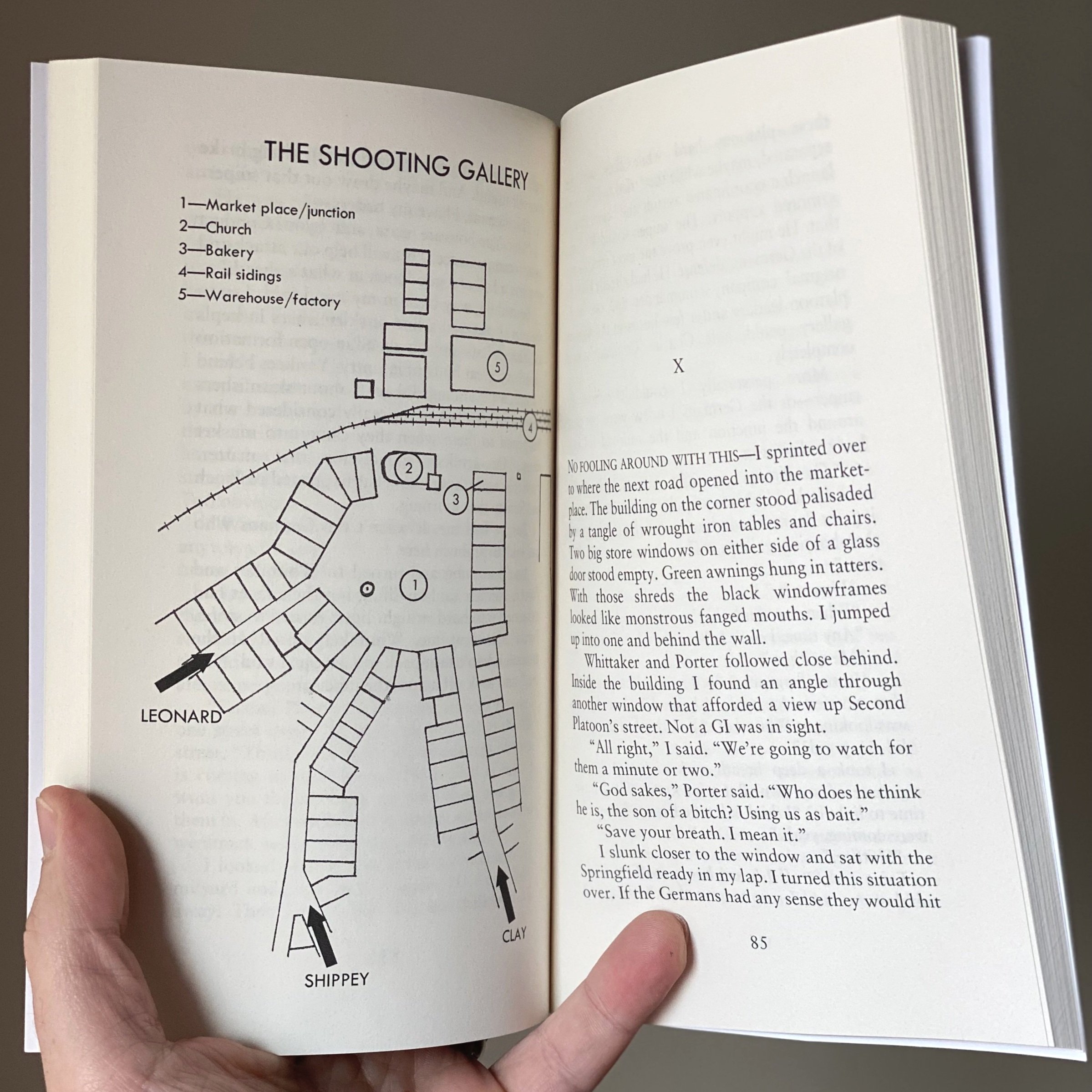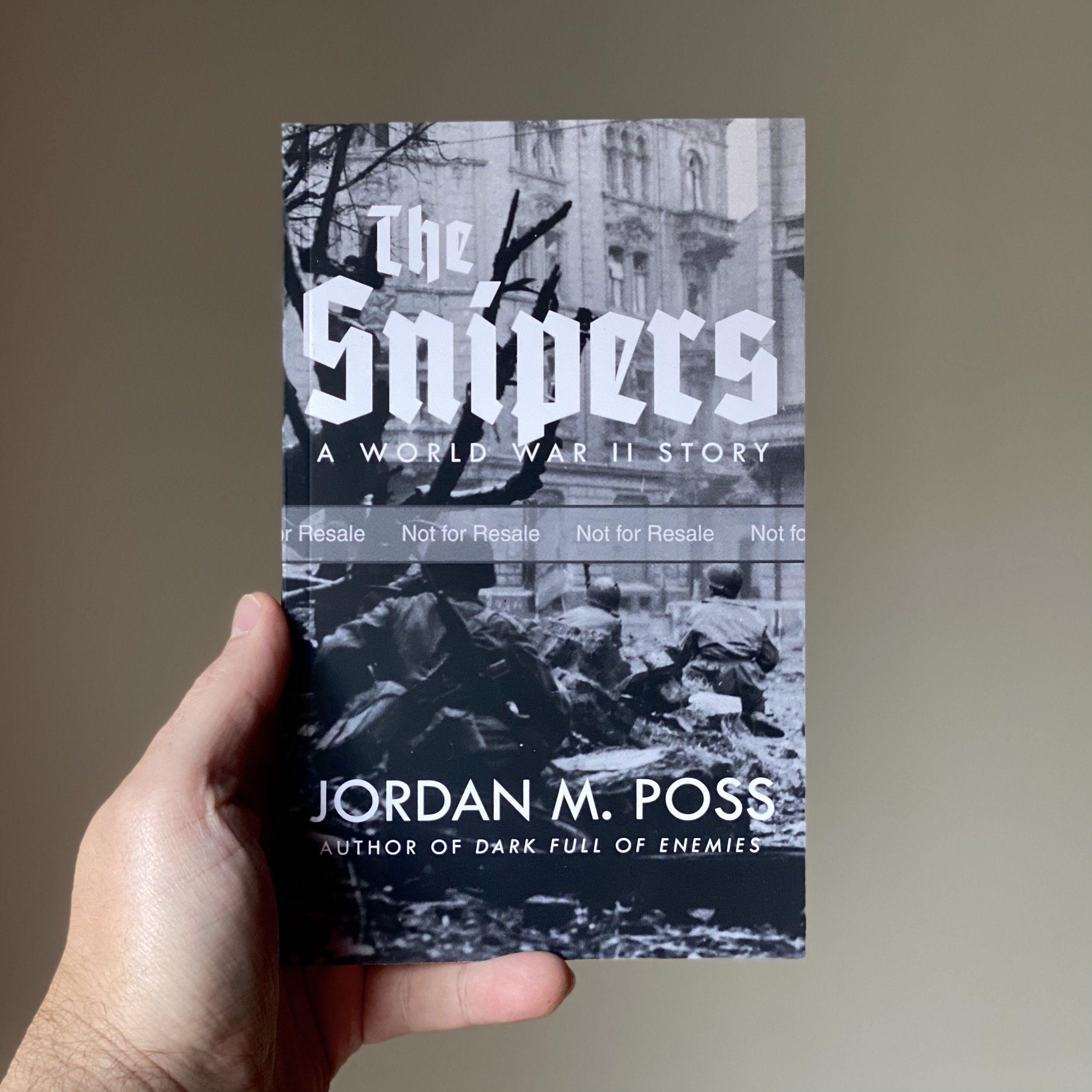The Gap in the Curtain
/We begin the final week of John Buchan June with one of Buchan’s strangest and most surprising novels. In the introduction to the Authorised Edition I read, journalist Stuart Kelly aptly describes it as “an odd novel—a hybrid of social satire, political intrigue and science-fiction thriller, as if H. G. Wells, P. G. Wodehouse and the Anthony Trollope of the Palliser novels had attempted a collaboration.” And yet, despite this, it is also “the most quintessentially Buchan-esque of his novels.” The book is Sir Edward Leithen’s fourth adventure, The Gap in the Curtain.
The novel begins during Leithen’s visit to the country house of Lady Flambard, an enthusiastic hostess who has gathered a bewildering assortment of people for a Whitsuntide holiday in the Cotswolds. Leithen would rather go riding in the hills than be trapped in her engineered salons, but during dinner one night he notes that the guests, for all their differences in background, profession, age, and political persuasions, fall into two types—untroubled souls who can unthinkingly relax as part of Lady Flambard’s collection of conversationalists, and the melancholy, the preoccupied, the withdrawn. He will have cause to think more deeply about this division with the arrival of one final guest.
The guest is Professor August Moe, a European physicist and mathematician and one of the few on the same intellectual plane as Einstein. Moe, an enormous and cadaverous old man, requests that Leithen attend a private meeting with a few other hand-selected guests. Once all have assembled for Moe’s talk, Leithen realizes that the professor has somehow picked exactly the half of Lady Flambard’s guests he had marked as the somber and pensive. Something is up.
Moe describes a theory of time as a system of coexisting coils, with past, future, and present not separate but overlapping, and reveals that he has discovered a method of peering into the future—scientifically, objectively. Through his method, which is something like remote viewing, the properly trained mind can look across time’s structure and see short glimpses of the future. He wishes them to join him in his first test. With a few days of preparation, including a vegetarian diet, abstention from alcohol, a mild dose of an unnamed drug, and, most importantly, dedicated study and concentration upon a familiar object, a copy of The Times, they will be ready to receive a glimpse of the same object exactly one year on. They will be able to read next year’s headlines.
It works.
But it works because Moe, an ailing man, dies at the moment of the experiment. This is the hidden final part of the formula. When he collapses and breathes his last it sends Leithen’s friend Sally Lamington into a panic and Leithen, in responding to her swoon and to the Professor’s death, misses his glimpse of the future.
But the others get their one-second view of next June’s Times. Arnold Tavanger, a financier with his eye on the market, sees a story about the merger of two major mining corporations. David Mayot, a young politician on the rise, sees an article naming an unexpected new prime minister. Reggie Daker, a wealthy young homebody and book collector, sees an article about his imminent departure for the Yucatán. Sir Robert Goodeve, a promising young MP of an ancient noble family, and Captain Charles Ottery, a veteran of the Great War now working for a London business, see their own obituaries.
The rest of the novel relates what each man does with his scrap of foreknowledge over the coming year. Tavanger, equipped with what he thinks is a foolproof bit of inside dope, sets off on a globe-trotting adventure to buy up shares in one of the companies that will merge in a year. Mayot, an unprincipled political operator, maneuvers to place himself as near the top as possible in the coming change of prime minister. Reggie Daker, who doesn’t even know where the Yucatán is (“He fancied it must be in the East; places ending in ‘tan’ were always in the East; he remembered Afghanistan, Baluchistan, Gulistan…”), is convinced Moe’s method was erroneous and lets himself be swept up in a one-sided romance with a ferocious girl and her domineering family, who turn his antiquarian interest in books into an exhausting commercial enterprise. As for Goodeve and Ottery, the knowledge that they will be dead in a year produces radically different effects.
I don’t want to risk giving too much away. This oddest of all of Buchan’s novels may also benefit most from reading it cold, spoiler-free. When the late Sir Roger Scruton wrote that “The belief that human beings can either foresee the future or control it to their own advantage ought not to have survived an attentive reading of the Iliad, still less of the Old Testament,” he might have been stating The Gap in the Curtain’s thesis.
Each of the five sections presents a different style and tone of story, all related through Leithen, who chances to run into each of the five men at various points through the political and economic upheavals of the next year. The stories also escalate in seriousness.
Tavanger and Mayot, seeking a profitable deal and political prominence, respectively, prove themselves unserious and worldly. Their stories come across as petty wheeling and dealing when eternity is at stake. Mayot is particularly unpleasant, a self-serving striver and user, a creature of political gossip and the smoke-filled room—a type with which Buchan, as an MP, would have been familiar. Tavanger, at least, has the saving grace of not taking it too badly when his understanding of the future turns out to be incomplete and misleading. Unlike Mayot, he can laugh it off.
Reggie Daker offers a comical interlude. A hobbit-like lover of quiet pursuits, of angling and riding and contentedly browsing his books in an armchair, he finds his life turned upside down. As with Tavanger and Mayot, what he saw in next year’s Times turns out to be true—sort of. The reader sees where Reggie’s story is going pretty quickly; the joy comes in seeing Reggie trying to keep up and finally rushing into his surprising, last-minute fulfilment of what he saw through Moe’s technique. This section shows Buchan at his most playful. Reggie, whom Kelly explicitly compares to Bertie Wooster, could also be one of the kindly but clueless side characters of Evelyn Waugh. His aggressive fiancée and her horrible family are even more Waugh-like.
But the meat of The Gap in the Curtain is in the final parallel sections concerning Goodeve and Ottery. Faced with death, they follow opposing tracks. One man feels himself invincible—at first. Then he succumbs to passivity and despair. The other goes from wrath to resignation before finding a redeeming courage through love. One isolates himself, retreating more and more into himself as the fatal date approaches. The other indulges himself before turning outward, toward another, to face the future together. Through relationship he discovers courage.
The Goodeve and Ottery stories, coming after the dull and laborious self-centeredness of Tavanger and Mayot and the hapless comedy of Reggie Daker, astounded me. As meditations on death and fate, despair and courage, they prefigure Leithen’s final adventure in Buchan’s final novel, Sick Heart River. But juxtaposed as they are in the last third of this novel, they take on an exceptional power. The last section’s love story is one of the best and most surprising in all of Buchan’s works, and lies at the heart of the books hopeful vision.
I wish I could say more and in greater detail but, again, I don’t want to give too much away.
The Gap in the Curtain can be straightforwardly read as a story about fate and predestination. Certainly, the characters themselves argue about what they’ve seen in next June’s Times and debate the meaning of free will—most pointedly in that final story—and the unresolved ironies of the way the predictions are and are not fulfilled is a key part of the novel’s power. The novel also suggests that the certainties of science, with all its pretensions to mathematical objectivity, are illusory, or at best incomplete. The characters who trust most in Professor Moe those driven deepest into greed or despair.
These themes place it in good company among science fiction and time travel stories. But The Gap in the Curtain is also a story about character and virtue. Assuming you could get a glimpse of the future, what would you do with it? Self-advancement, distraction, brazenness and courage, despair and hope—these are responses brought forth and sharpened by knowledge of the future, not created by it. And, most especially in the final section, Buchan dramatizes the necessity of love as a response to whatever the future holds.
The Gap in the Curtain is a bold experiment in concept, structure, and theme, and it’s uncommonly rich for the kind of tale it is. Just note that Leithen and the rest undergo this experiment during Whitsuntide, the Pentecost celebration commemorating the coming of the Holy Ghost. But it is also a fun, surprising, and deeply moving novel about something all of us will face, though without Professor Moe’s method—the future, and death. The Gap in the Curtain also suggests the best way to face them.



